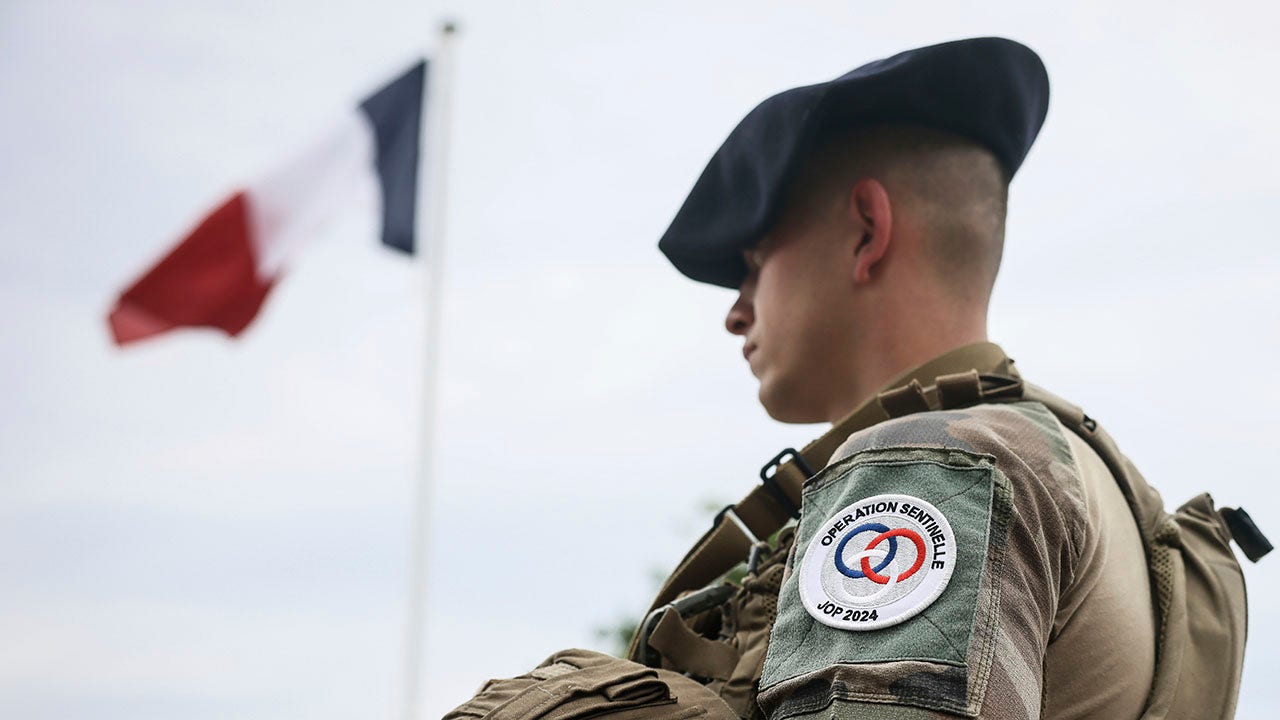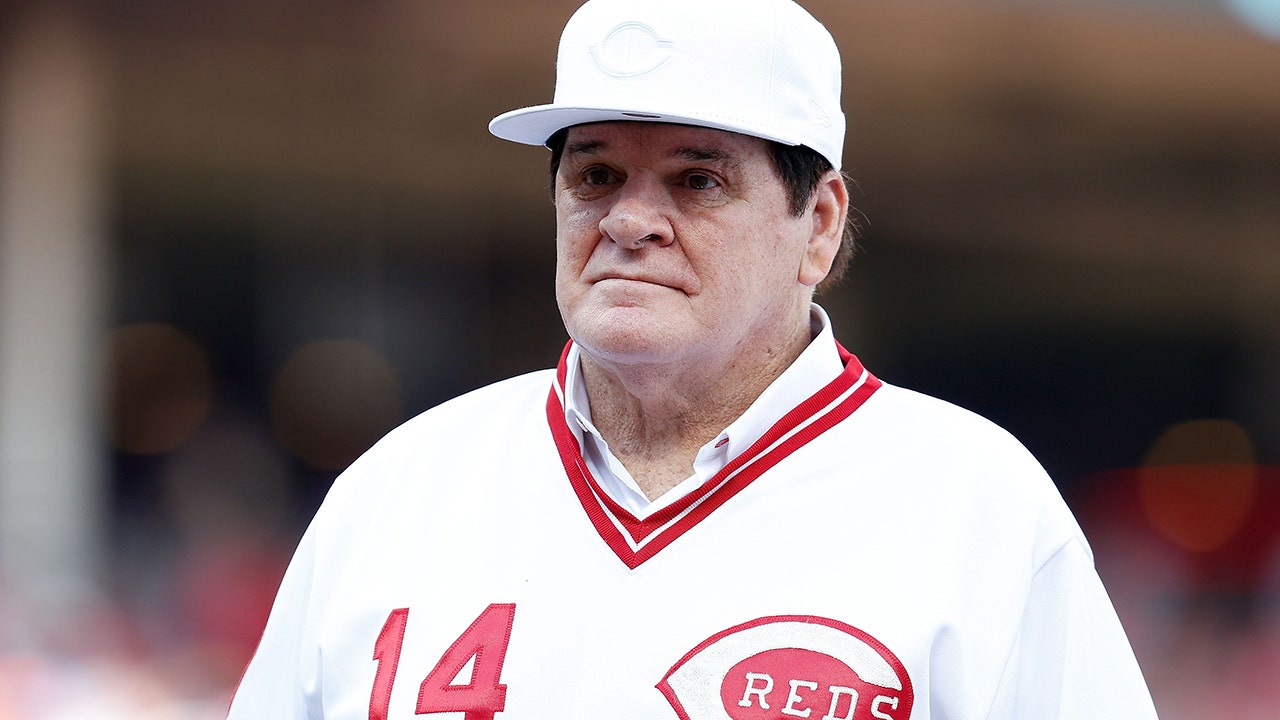Defining the best goalkeepers in the world used to be straightforward — but no longer.
There was a time when a goalkeeper’s responsibility was simply to keep the ball out of the net. However, in recent years, the role has transformed radically and irreversibly. In today’s game, a ’keeper is deeply integrated into the team’s overall structure, playing an active role in nearly every phase of play.
Shot-stopping and reflexes remain critical but other skills — including accurate distribution (short and long), sweeping up behind the defence and aggressive positioning — have become equally important. A top goalkeeper must also be brave, an excellent communicator, focused, determined, and resilient.
Here, as a coach and former professional goalkeeper, I want to highlight the ‘keepers excelling in each area. Although many possess various skills, I’ve focused on one standout strength per player to assemble the ‘perfect’ goalkeeper for the modern game.
The way Ederson stays calm, passing the ball in the tightest of areas with the precision of a central midfielder, is arguably his greatest gift. His composure and technical ability make him one of the most important players in a Manchester City side stacked with talent.
He excels in accurately pinging the ball over varying distances, helping City dominate possession. His role often requires him to keep the ball as long as possible and invite the press from the opposition to open up spaces.

Ederson keeps his cool under pressure (Mike Hewitt/Getty Images)
I can’t tell you how many times I’ve held my breath while Ederson draws in players, expecting the worst, only to blurt out, “What a ball!” after he completes a pass. His ability to accurately take opponents out of the game, turning defence into attack, over short and extremely long distances is exceptional.
It’s a ridiculous level of calm and confidence that not many other goalkeepers could get away with. The impact he can have on a game with the ball at his feet is massive and simply unmatched.

One-v-ones: Alisson (Liverpool)
In one-on-ones, the best goalkeepers are aggressive but also very controlled. Rushing recklessly towards the ball could seem like a good way to unsettle a striker but in truth, it causes more trouble than it solves. There is a balance to be struck between reacting at speed and keeping a clear mind. In that respect, there are few better than Alisson.
Liverpool’s No 1 maintains his positioning up to the very last second. Then, just as the striker puts his head down to shoot, Alisson makes his move to close him down. He is quick to react and calculated in his decision-making. His athleticism helps him close down the attacker and the shooting angle so quickly that, by the time his opponent looks up, the scoring opportunity has already passed.
Alisson’s anticipation and physical attributes allow him to succeed in such an aggressive brand of goalkeeping.

Alisson’s one-on-one shot-stopping is unmatched (Denis Doyle/Getty Images)
Alisson can appear risky when you first see him burst off his line to close down opponents, but his play is anything but rash. Yes, he is fast to leave his line, but he is also very methodical. You rarely see Alisson mistime a decision to come for a ball.

Safe hands are an expectation for every goalkeeper, at any level.
But one of the things that separates the very best is how they have mastered the art of catching the ball in as many situations as possible. It’s one thing to save a shot, it’s another entirely to hold it.
The last thing a goalkeeper ever wants to do is spill a shot back out into a dangerous area — that’s when strikers can pounce. Holding shots neutralises opposition attacks and there is arguably no one better than Courtois at catching balls when others might punch or palm it away.

Thibaut Courtois catches balls other goalkeepers parry (Denis Doyle/Getty Images)
It’s sometimes viewed as a risk catching shots or crosses in today’s game due to the ridiculous movement of modern footballs but Courtois hardly ever fumbles in dangerous areas.
A lot goes into holding the ball as cleanly as Courtois does — hand size, strength, technique, hand position — but his manipulation of the ball is key. Though Courtois’ large palms are important, his timing and how he extends his hands towards the ball help explain why he catches as many as he does.
He makes it look easy but it’s a skill that should be more appreciated than it probably is.
Dealing with balls into the penalty area is one of the most difficult parts of goalkeeping. It involves almost every attribute: timing, technique, confidence and decision-making.
You only have a split second to choose whether to come out or stay on your line. Size and reach offer advantages but positioning is more important than any physical trait — and no goalkeeper has better positioning than Raya.
His aggressive starting position helps him adjust rapidly, assess the percentages and evaluate the destination of each ball delivered into his box. His proactiveness slows down the game and makes everything more fluid and predictable, allowing Arsenal to play a very high line in open play and from set pieces.

David Raya is aggressive in his decision-making (Henry Nicholls/AFP via Getty Images)
By being brave in where he stands, Raya can extend his range and minimise the distance between him and his defenders, clarifying the decision of when to come versus when to stay closer to his line. His positioning also helps him with his timing so he can attack the ball at its highest point.
Raya also has great hands, exceptional footwork and timing, and unwavering bravery. His aerial ability gives confidence to the team’s defenders, who know that any pass in the box belongs to him. They can trust themselves more knowing he can bail them out in the worst-case scenario.
Raya is short for a goalkeeper at 183cm (6ft), so he serves as a great reminder that it’s not your size that makes you good in the air, but rather how you attack the ball.
Shot-stopping: Jan Oblak (Atletico Madrid)
Despite all the advances, the reality is that a goalkeeper’s most important job is the same as ever: keep the ball out of the net. No one does this better than Oblak.
At Atletico, coach Diego Simeone has constructed one of the world’s most organised and disciplined defensive teams. Each player must fully buy into the system and execute his job with minimal lapses. As their first-choice goalkeeper for 10 seasons, Oblak does that and more.
We normally think of goalkeepers as reactive, since they are responding to the actions of the opposition attackers in front of them — but proper positioning helps you become a proactive ’keeper who can think a few steps ahead of the play.
Oblak’s exceptional positioning in and near his goalmouth is his greatest asset, making complicated saves appear routine.
There are many instances when you see a goalkeeper at full stretch, relying on their athleticism, but they often have to do that because of poor positioning. This very rarely happens to Oblak. Why? His spatial awareness and ability to be in the right place at the right time, anticipating the shot’s direction.

Jan Oblak’s positioning is key to making his saves (Mike Hewitt/Getty Images)
Excellent positioning means goalkeepers are not prisoners of the moment, scrambling to stay on top of everything they need to do — checking the post, taking a step to the right, getting set, getting back to their line.
For the best of them, positioning becomes so ingrained that they can execute tasks almost subconsciously. This allows them to move focus two or three steps ahead and anticipate play. Oblak is a master at it.
Penalties are a psychological battle the goalkeeper can affect in several ways. While some rely on a calm, composed, almost statuesque approach, others prefer being more aggressive.
Martinez falls into that second category. He gets in the kicker’s face and talks to them (before and during the attempt), letting them know how important the penalty is, that he knows they are about to miss or is going to correctly anticipate where they will shoot.

Emiliano Martinez’s mind games paid off for Argentina in the 2022 World Cup final (Julian Finney/Getty Images)
It’s all designed to build pressure, create a moment of hesitation or doubt and disrupt the taker’s rhythm and routine. And it has worked for Martinez time and time again.

GO DEEPER
Why Emi Martinez is so good at saving penalties
Most elite-level goalkeepers must be more positive with their starting positions and comfortable racing off their line to sweep up play.
Each time you leave your goal, you try to assess the risk-versus-reward parameters of the situation. It is not something you can necessarily teach — it is a process and you will have to learn from your mistakes, which can be embarrassing and painful.
While an increasing number of goalkeepers are adding this skill set to their game, only a small group control the ball more often than smashing it clear. Among that handful, Ter Stegen stands apart.

Marc-Andre ter Stegen is a fine ‘sweeper-keeper’ (Ronald Martinez/Getty Images)
The Barcelona No 1 is a front-footed goalkeeper, always itching to come from his line or his box. He is occasionally required to blast the ball upfield but he has an incredible ability to comfortably control it when intercepting or sweeping up the play, even as opponents close him down.
Ter Stegen is quick, strong and powerful — an incredible athlete with impeccable timing. His ability to sense danger from balls played in behind his central defenders has been essential for Barcelona.
Arguably Neuer’s most impressive skill is something you’ll never see in highlight reels.
When you play for one of the world’s biggest teams there is undoubtedly a higher level of quality and performance expected week after week. One poor performance or mistake might go under the radar at a lesser club, but not at Bayern. Every action and subsequent result is analysed to the smallest detail because Bayern and their fans expect to win every possible trophy, every year.
Neuer needs more than just physical tools to succeed — he also needs to be mentally superior.

Manuel Neuer’s mentality is supreme (Matthias Hangst/Getty Images)
All of Neuer’s actions (saves, cross claims, interceptions and distributions) are done with a level of focus and attention to detail that few in his position have ever been capable of. Are there mistakes? Of course — everyone makes them — but his countless incredible saves and interventions outweigh the rare errors over his 13 years in Munich.
He might not be the best goalkeeper on the planet anymore at age 38 but the fact that he is still in the discussion after almost two decades in the professional game should be more appreciated.
The optimal goalkeeper: Alisson
The Liverpool goalkeeper’s well-rounded skill set perfectly fits the demands of the modern game, making him the position’s poster boy.
His distribution is top class, he is calm under pressure and nobody is better when it comes to one-v-ones. Alisson plays with no fear while making a game’s biggest decisions appear natural and easy, just when his team needs him the most.
He is the complete package and, turning 32 in early October, remains firmly in his prime. Given that many goalkeepers continue performing at the highest level into their late thirties or even early forties, he could dominate for years.
(Top photos: Getty Images; design: Eamonn Dalton)






